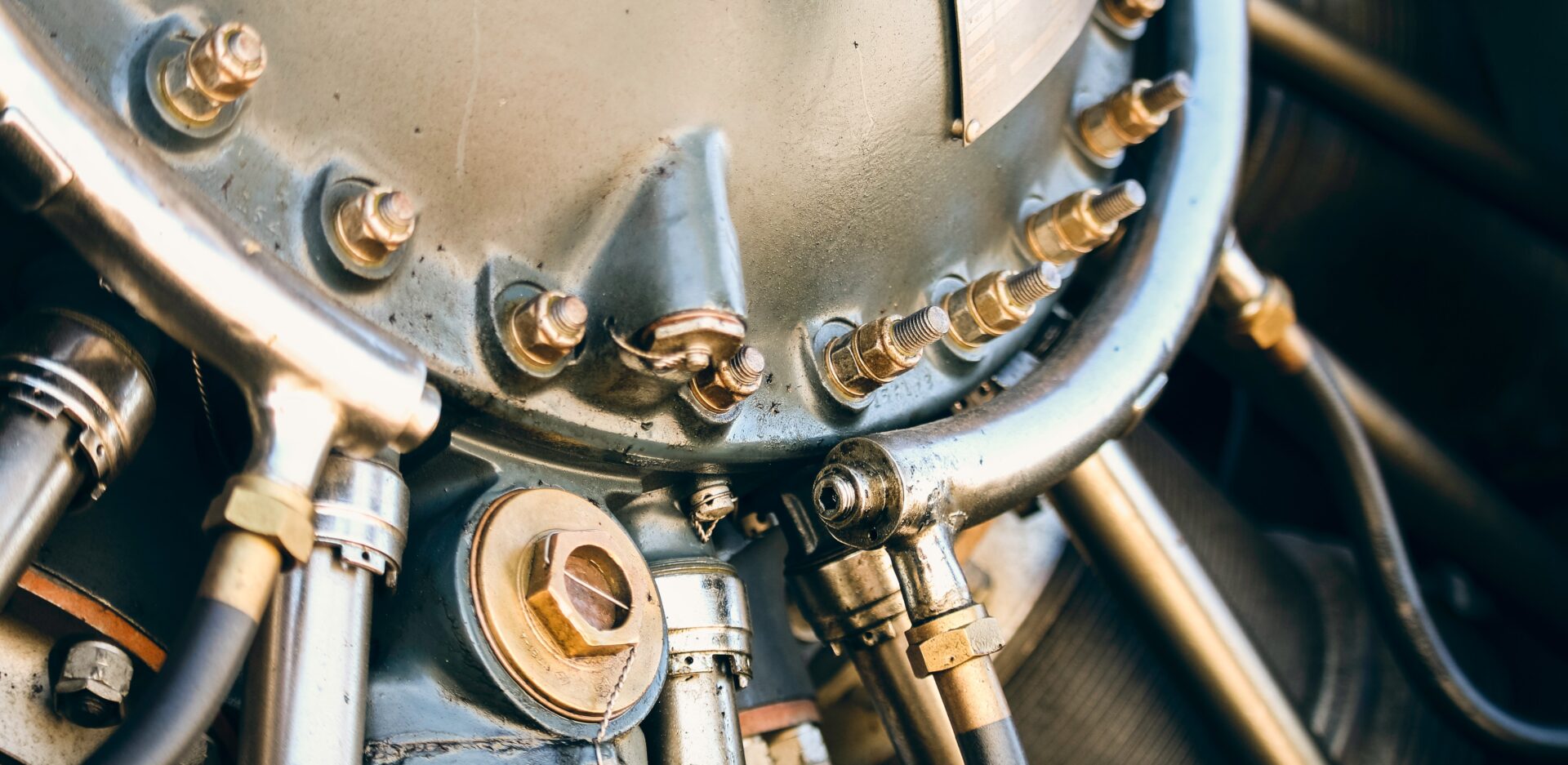Challenge
The Science and Technology Facilities Council (STFC) ISIS facility at the Rutherford Appleton Laboratory provides Neutrons and Muons to probe materials for research by scientists and industrialists from across the world. It provides scientists with an array of over 30 instruments supported by extensive computing and experimental infrastructure. On average about 700-800 experiments are completed and 500 scientific papers published each year.
Following on from a Scoping Study ISIS senior management tasked RED to review the end-to-end experimental process – from submission of proposals to publication of scientific results – in order to maximise the value of scientific output from existing resources.
Study objectives were to:
- Investigate the relationship between the number of experiments and scientific output;
- Explore the role and exploitation of the critical resources, such as Instrument Scientists, used in the experimental process;
- Understand the constraints and relationships in the operational system.
Approach
The study was split into three phases:
- Phase 1 – Understand the existing experimental processes within ISIS;
- Phase 2 – Build models to explore how changes to current processes might affect throughput of experiments and delivery of scientific output;
- Phase 3 – Review and refine the analysis of selected instrument operations.
Information was gathered by structured interviews (with ISIS management, Instrument Scientists and the user community); review of ISIS operating data and reports; attendance at key meetings in the experimental process such as the Facility Access Panel (FAP). A high-level Working Group of directors and managers provided guidance and feedback throughout.
From Phase 2 of the study onwards, analysis and modelling of the experimental process focussed on six instruments. These spanned a wide range of scientific activity from investigation of biological membranes through to analysis of quantum magnetic states in single crystals.
Outputs
The study delivered:
- A detailed analysis of the end-to-end experimental process from user proposal through to publication of research findings. This covered the main activities, resources and systems used, bottlenecks and delays;
- Modelling to explore the relationship between the number of experiments and scientific outputs for the six selected instruments and analysis of the implications of changing the number of experiments and availability of the limiting resource (Instrument Scientists);
The study has helped change how ISIS senior management thinks about the way instruments should be staffed and run:
- One size does not fit all – Instruments differ widely in the type of experiments they support and resourcing (Instrument Scientists) should not follow a standard formula;
- A policy of using every neutron can be counter-productive – In some cases running more experiments can reduce published science from an instrument;
- New measures are needed – The build-up of unexploited experimental data is an important indicator of process performance but not, at the time, measurable.
A Working Group of Instrument Scientists is advising ISIS management on how recommendations from the study should be implemented.



